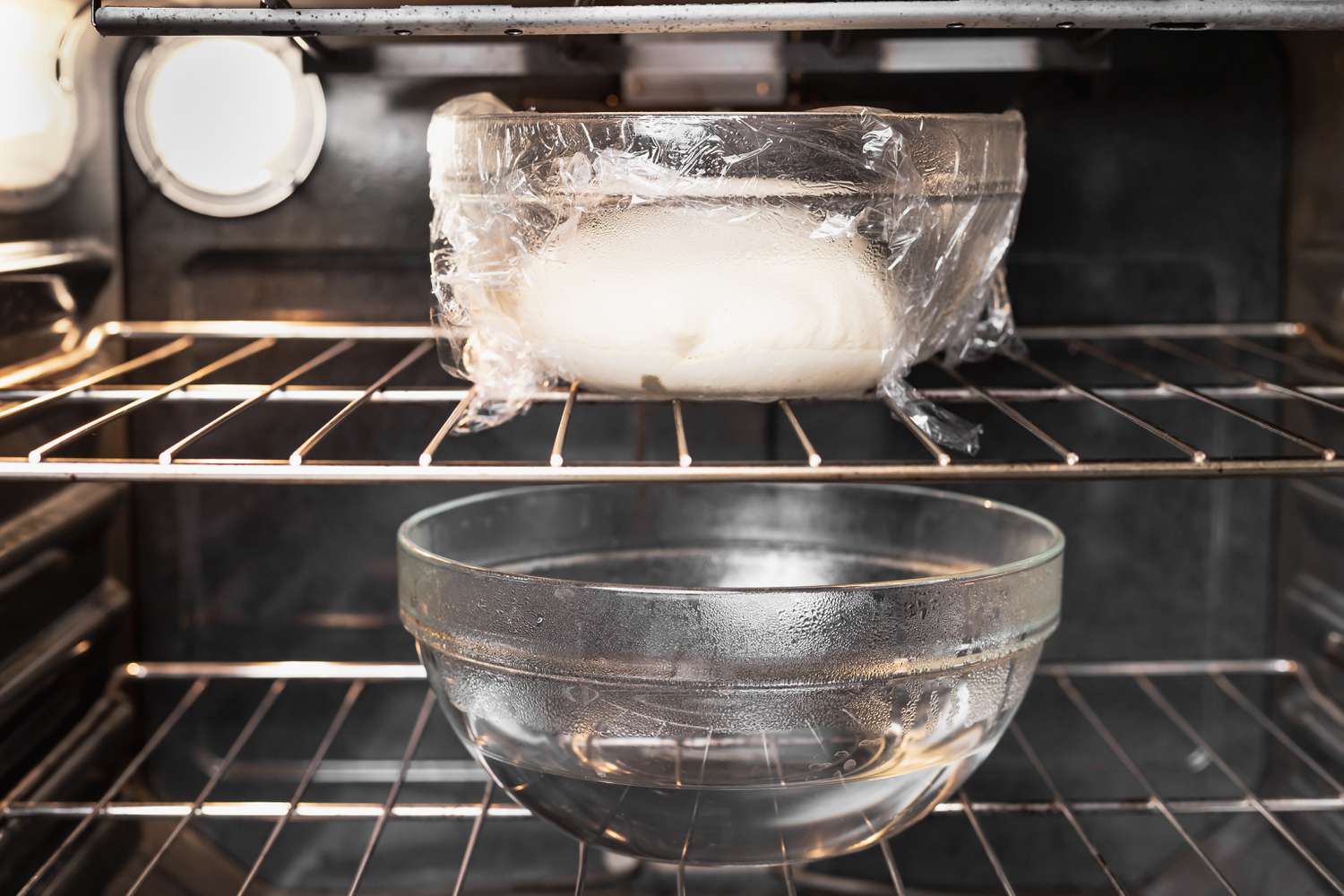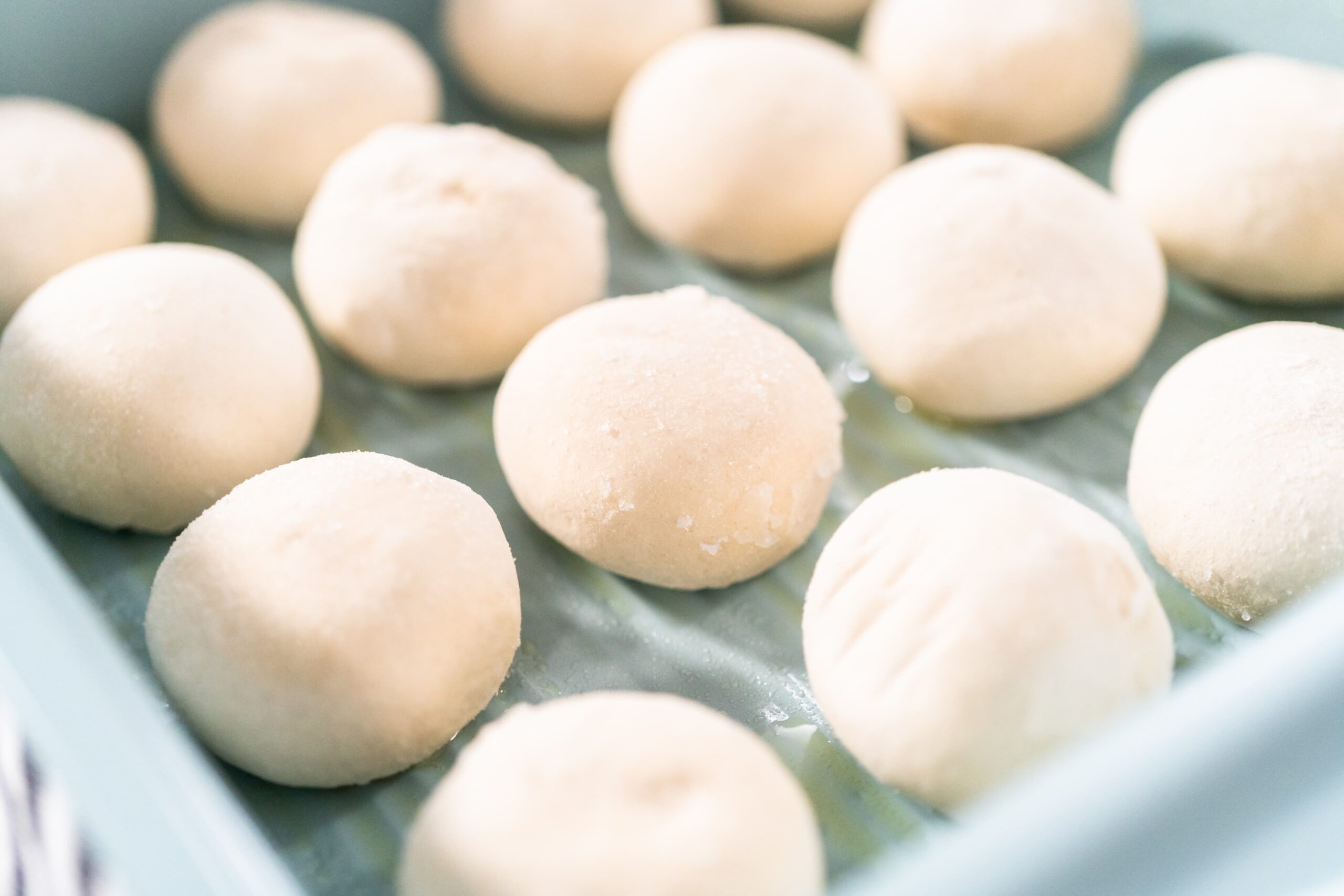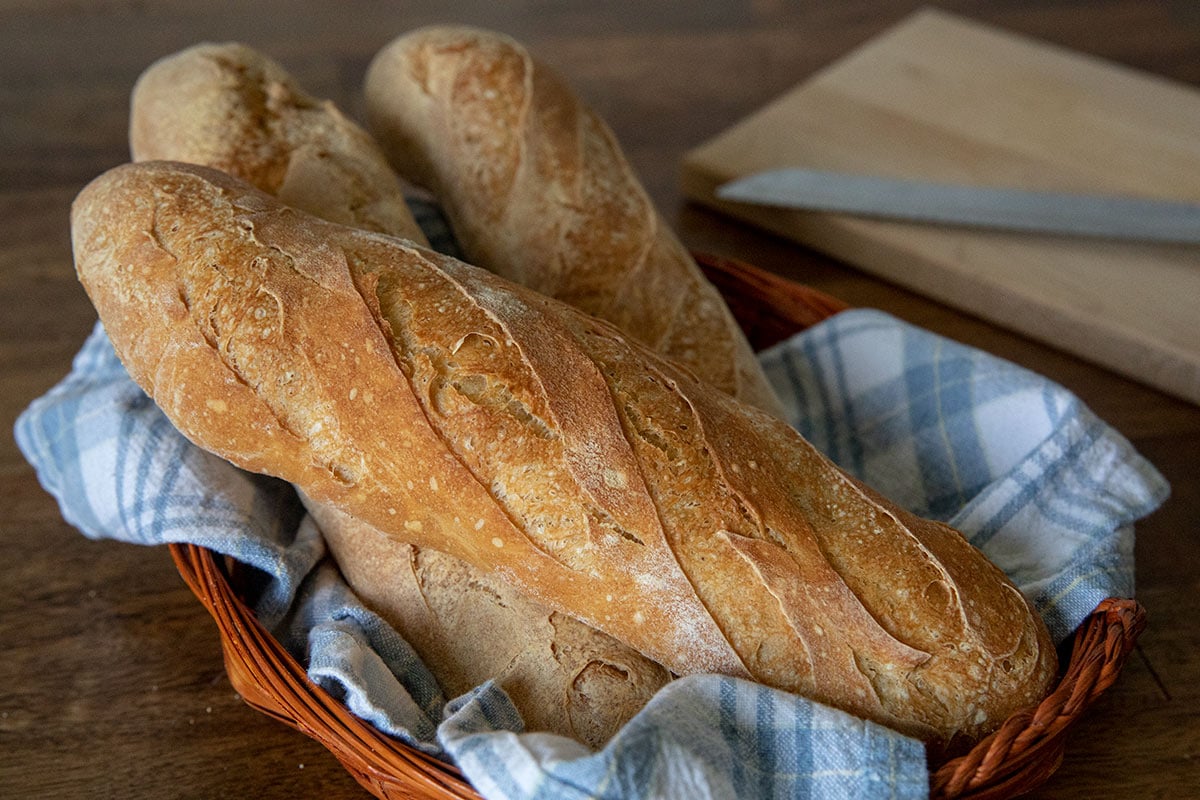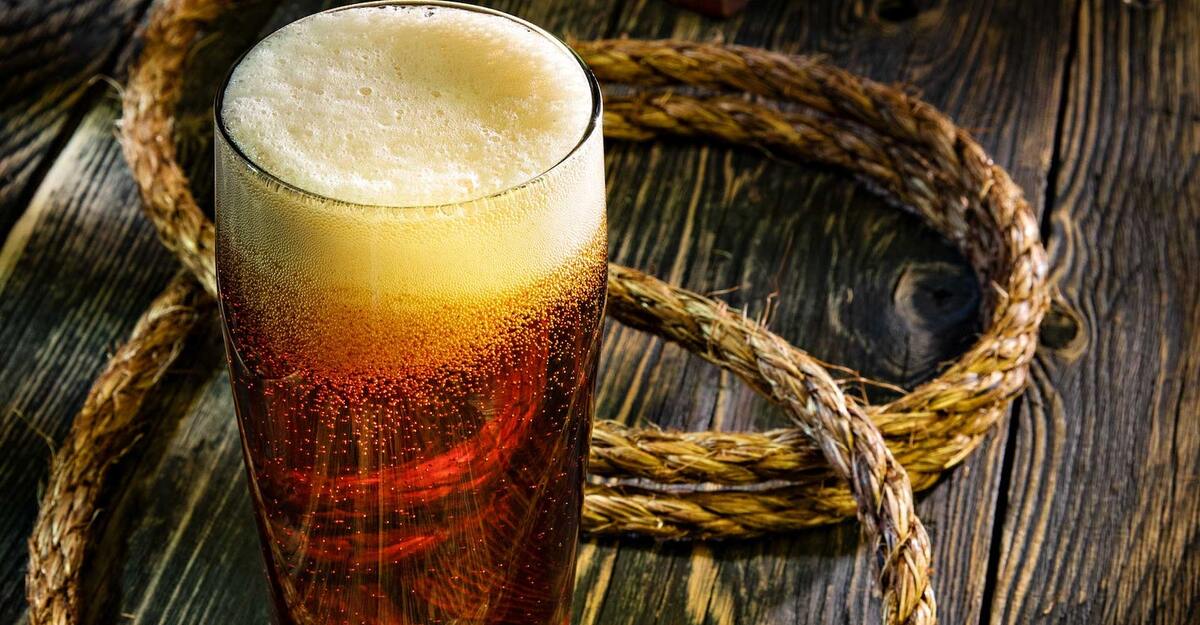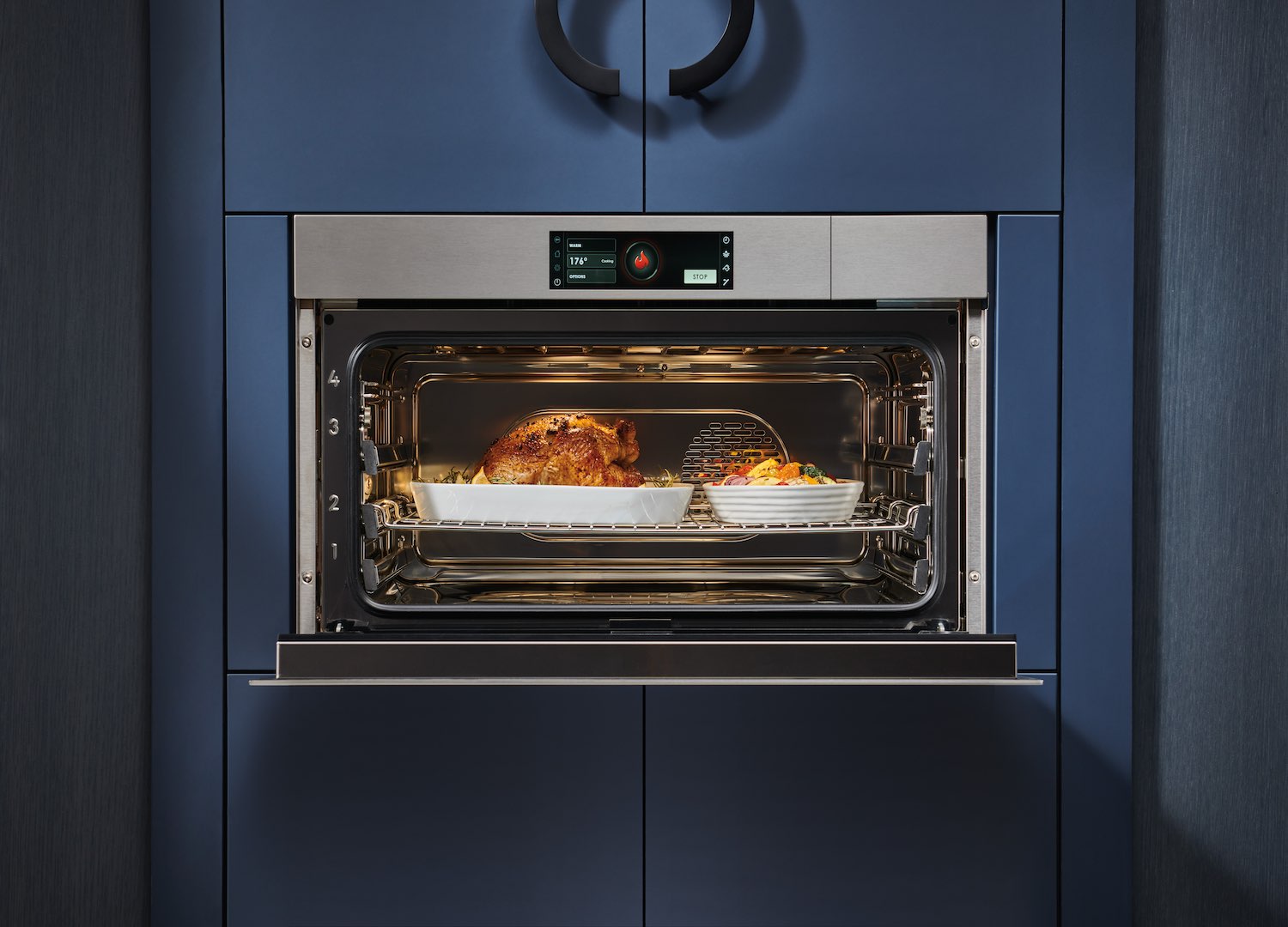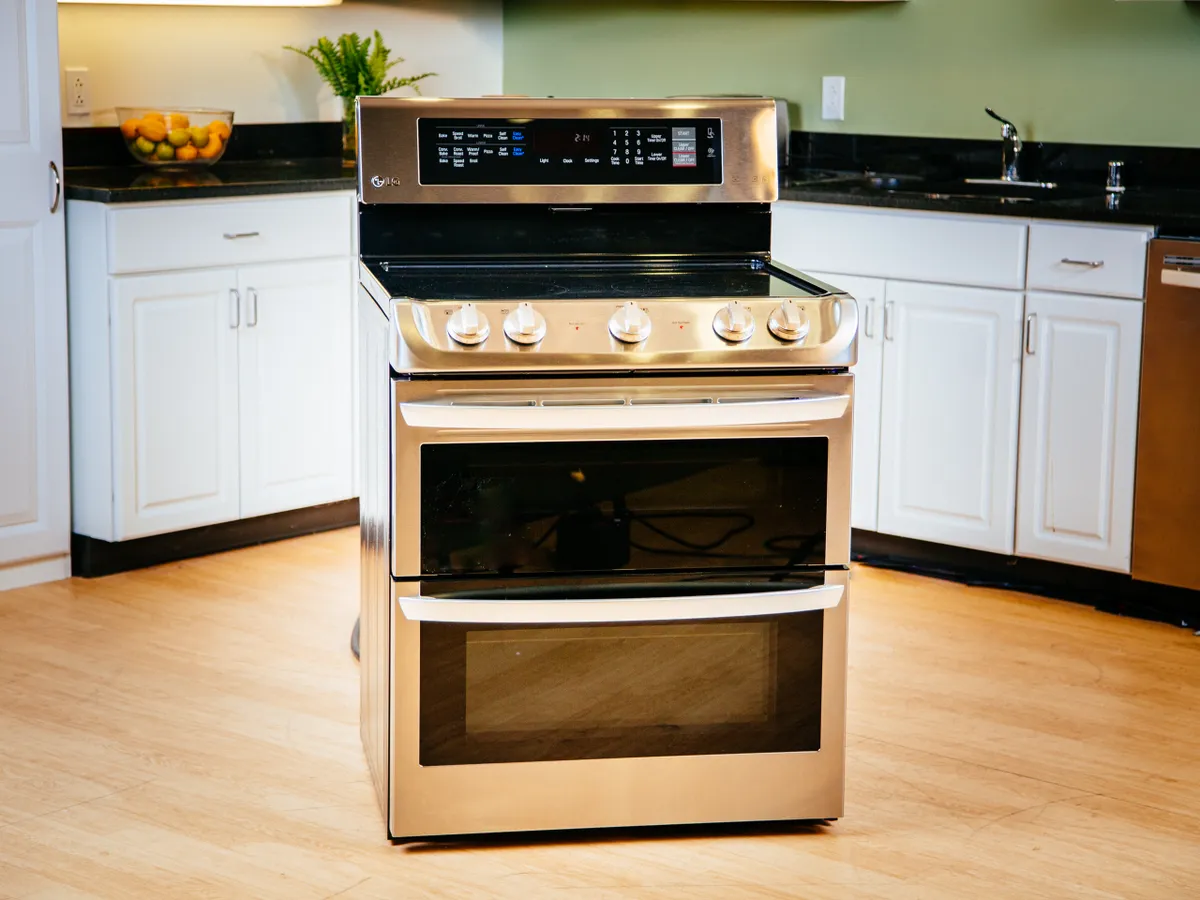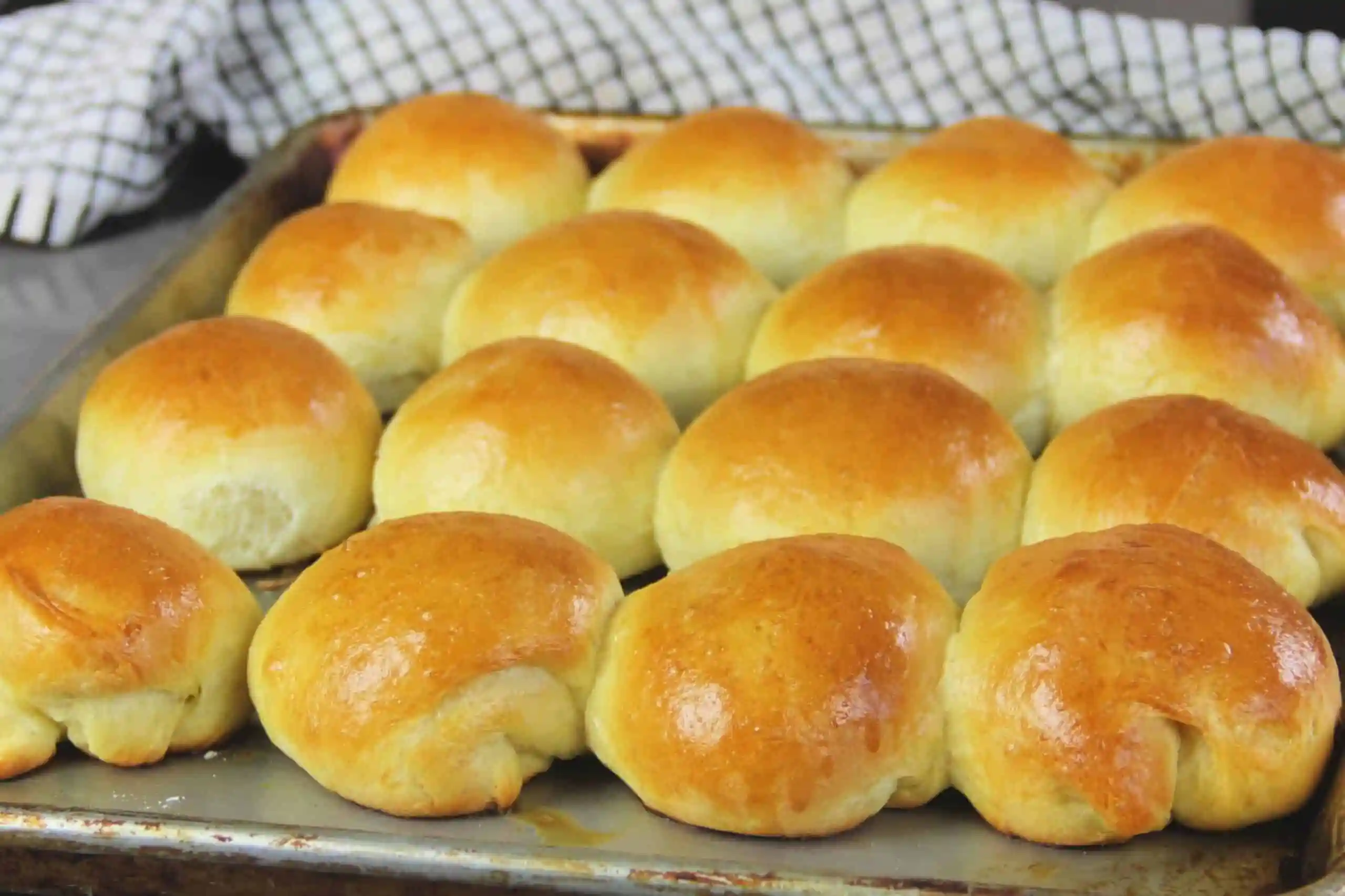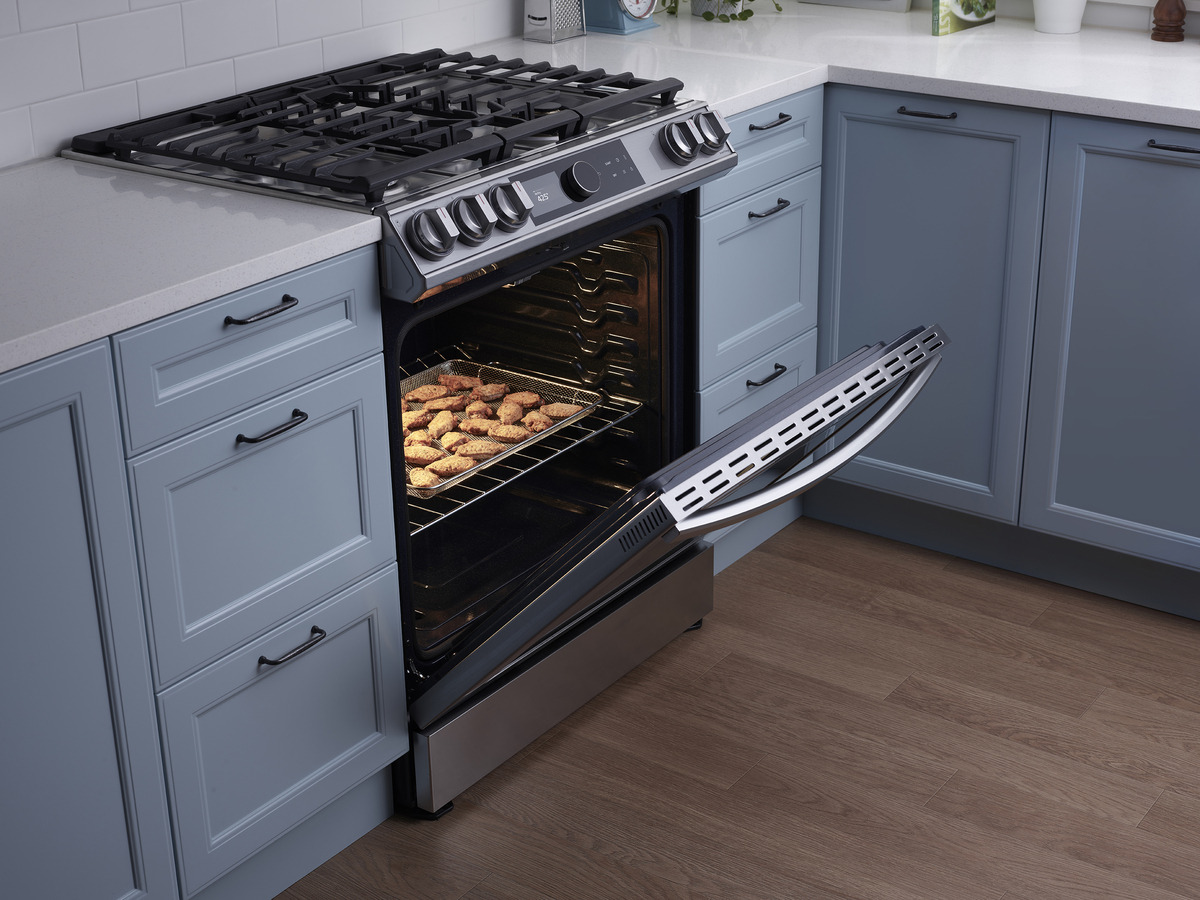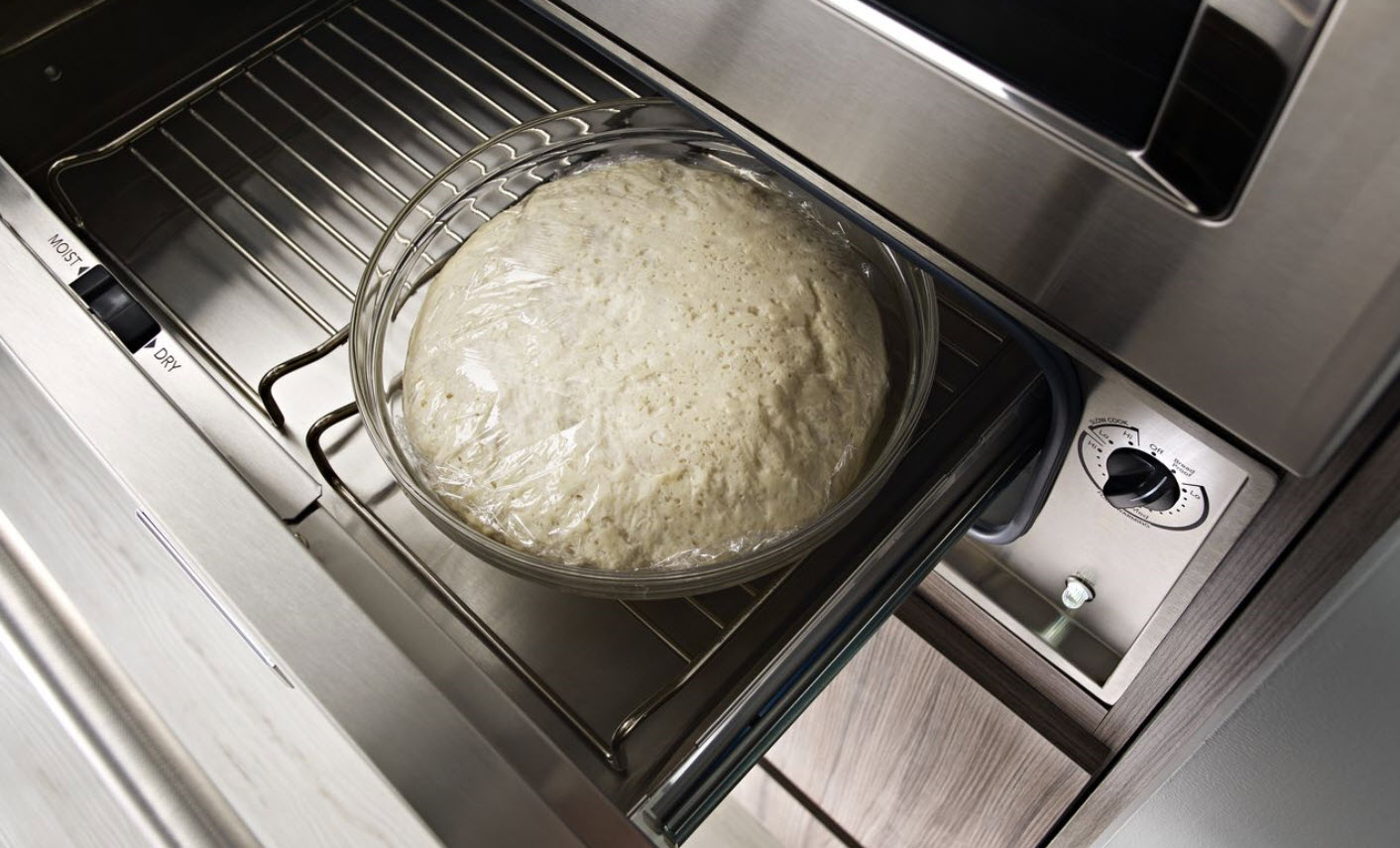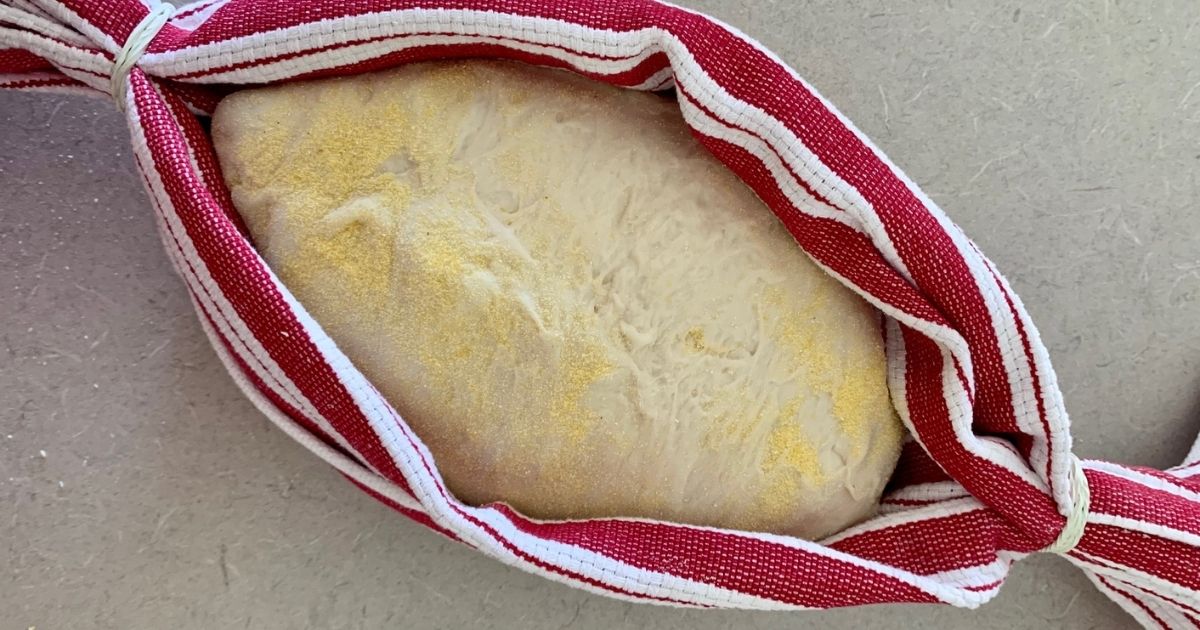Understanding Liquor Proofing
Proofing liquor is an essential process in the world of mixology and home bartending. Whether you’re making your own infused spirits or simply want to ensure the accuracy of a store-bought bottle, understanding how to proof liquor is a valuable skill. In this guide, we’ll walk you through the process of proofing liquor, step by step.
What Does “Proof” Mean?
Before we dive into the process, let’s clarify what “proof” actually means. The term “proof” is used to measure the alcohol content of a liquid. In the United States, the proof of a liquor is double its alcohol by volume (ABV) percentage. For example, a liquor that is 40% ABV is 80 proof.
Tools You’ll Need
Before you begin proofing your liquor, gather the following tools:
- Hydrometer
- Measuring cylinder
- Thermometer
- Calculator
The Proofing Process
Now, let’s walk through the steps of proofing liquor:
- Start by filling the measuring cylinder with the liquor you want to proof.
- Place the hydrometer in the cylinder and wait for it to settle. The hydrometer will float in the liquid and provide a reading of the alcohol content.
- Take note of the temperature of the liquor, as this will be needed for an accurate calculation.
- Use the thermometer to ensure the liquor is at the correct temperature for accurate proofing.
- Once the hydrometer reading has stabilized, use the calculator to adjust the proof based on the temperature of the liquor. Most hydrometers are calibrated for a specific temperature, so it’s important to make this adjustment for an accurate result.
Interpreting the Results
After following the steps above, you should have an accurate proof of your liquor. If you’re not satisfied with the result, you may want to repeat the process to ensure accuracy.
Why Proof Liquor?
Proofing liquor is important for several reasons:
- Accuracy: By knowing the exact alcohol content of your liquor, you can create more precise and consistent cocktails.
- Regulatory Compliance: If you’re producing spirits for sale, proofing is essential for complying with alcohol regulations.
- Quality Control: Proofing allows you to ensure the quality and consistency of your spirits.
Conclusion
Proofing liquor is a straightforward process that yields valuable insights into the alcohol content of your spirits. By following the steps outlined in this guide and using the right tools, you can confidently proof your liquor and take your mixology skills to the next level.
Was this page helpful?
Read Next: How To Proof Frozen Dough Fast

